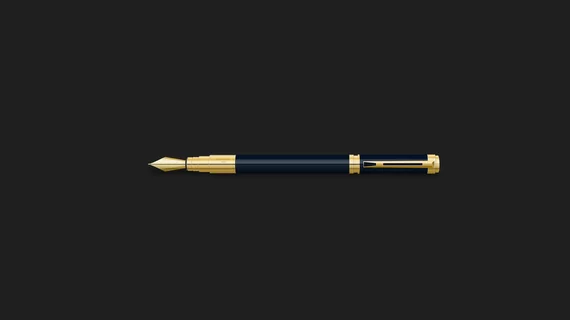JACR’s top 5 articles of 2022
The Journal of the American College of Radiology has named five peer-reviewed papers its best of the year.
Recognizing one article in each of five categories—with lead authors receiving an honorarium of $500—the journal says its editorial board made the selections based on their consequence to radiology as well as their “lucidity of presentation” [1].
The five, by category:
Health Services Research and Policy: Barun Bagga, Stella Kang, et al., “Outcomes of Incidental Lung Nodules With Structured Recommendations and Electronic Tracking.” DOI: https://doi.org/10.1016/j.JACR.2021.09.046
Clinical Practice Management: Robin Whitebird, Rebecca Smith-Bindman, et al., “Strategies for Dose Optimization: Views From Health Care Systems.” DOI: https://doi.org/10.1016/j.JACR.2022.01.012
Data Science: Brian Dontchos, Constance Lehman, et al., “Impact of a Deep Learning Model for Predicting Mammographic Breast Density in Routine Clinical Practice.” DOI: https://doi.org/10.1016/j.JACR.2022.04.001
Training and Education: Stefan Tigges, “Diagnostic Test Metrics and Receiver Operating Characteristic Curves: The Graphic Novel.” DOI: https://doi.org/10.1016/j.JACR.2022.06.011
Leadership: Lincoln Berland, Madelene Lewis, et al., “Maintenance of Certification in Radiology: Eliciting Radiologist Preferences Using a Discrete Choice Experiment.” DOI: https://doi.org/10.1016/j.JACR.2022.06.012
The journal also recognized two radiologists as recipients of its Silver Medal Award for contributing at least 50 high-quality manuscript reviews over a lifetime.
The two are Deborah Baumgarten, MD, MPH, of Mayo Clinic and Gelareh Sadigh, MD, of the University of California, Irvine.

